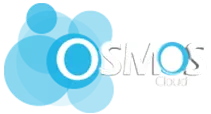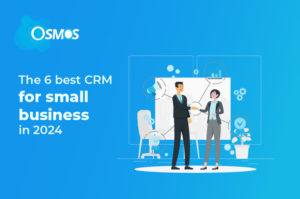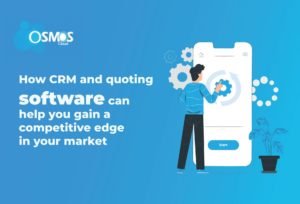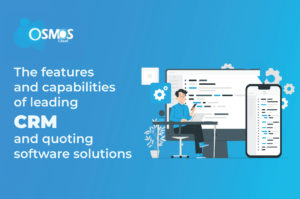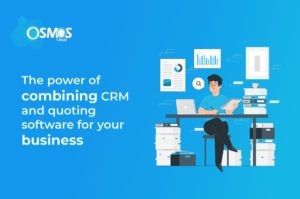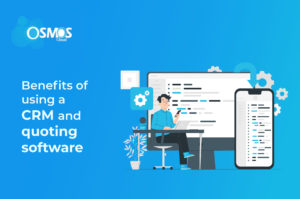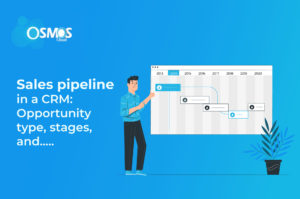CRM is a powerful tool for business growth. It helps you manage all relationships and interactions with customers and potential customers.
Its proven success made many managers and business owners expect that CRM runs itself. They expect CRM will change their life immediately. They’ll install CRM software to solve all their problems, streamline or automate their tasks and thrive their business.
In reality, the faulty logic will prevent CRM to serve your needs.
Here are three common unrealistic expectations for CRM and what you need to do about them.
Expectation #1: CRM software is a one-time purchase that will solve all your business needs.
CRM is an essential tool for today’s business. It offers unique benefits that help companies build relationships with new and existing customers. However, due to its complex nature, CRM software is not a one-size-fits-all solution.
In reality, CRM needs to be configured in a way that solves their business needs.
What can you do?
Before you buy CRM software, evaluate what problems you want to solve. Ask yourself why you want to invest in CRM? What problems will it solve? Assess which tools your team uses. Identify what CRM features will help you get the information you need to streamline and automate processes?
Equipped with such information, you will know what CRM features will be beneficial for your business.
Expectation #2: All employees will easily get adapted to CRM
As a manager or business owner may see CRM as a time-saving, productivity-boosting tool. That doesn’t mean your employees will think the same. In fact, data shows the most common failure of CRM is the low user adaptation rate.
If the employees are not prepped on using the CRM, they will not see it as a time and energy-saving tool. They will think of it as just another hideous task added to their schedule. But your reality doesn’t have to be this way.
What can you do?
After you purchase CRM software, communicate the decision with your team. Show them why your organization is using it and how it benefits both the company and the employee.
Train your staff on CRM and how to get the best out of it. The training will help employees familiarize themselves with the software and suggest changes that will help automate processes.
Expectation #3: When you implement CRM you won’t need to follow up.
You bought CRM software, trained, and distributed it across the company. Now you expect the results to roll out for you. The reality is quite the opposite.
The ROI in investing in CRM is the knowledge base you build on your customer and sales processes. The failure to constantly follow up with the newest performance data will stagnate the growth of your business.
What can you do?
After you set up CRM for your team, schedule CRM follow-ups to gather performance data. The data you collect depends on what is important for your business to grow. Gather information like:
- How many leads are you converting?
- Which territory/platform is bringing the most growth?
- How will next quarter’s sales pipeline be?
The more data you collect, the more you can strategically lead your team for success.
Takeaways
CRM is software that helps you manage all relationships and interactions with your clients and prospects. But to receive the ROI of CRM keep yourself of faulty expectations by:
- Set the intention of why you want to use the CRM
- Communicate the decision with your employees
- Invest in staff training to use CRM
- Repeatedly collect data that are important for your business
